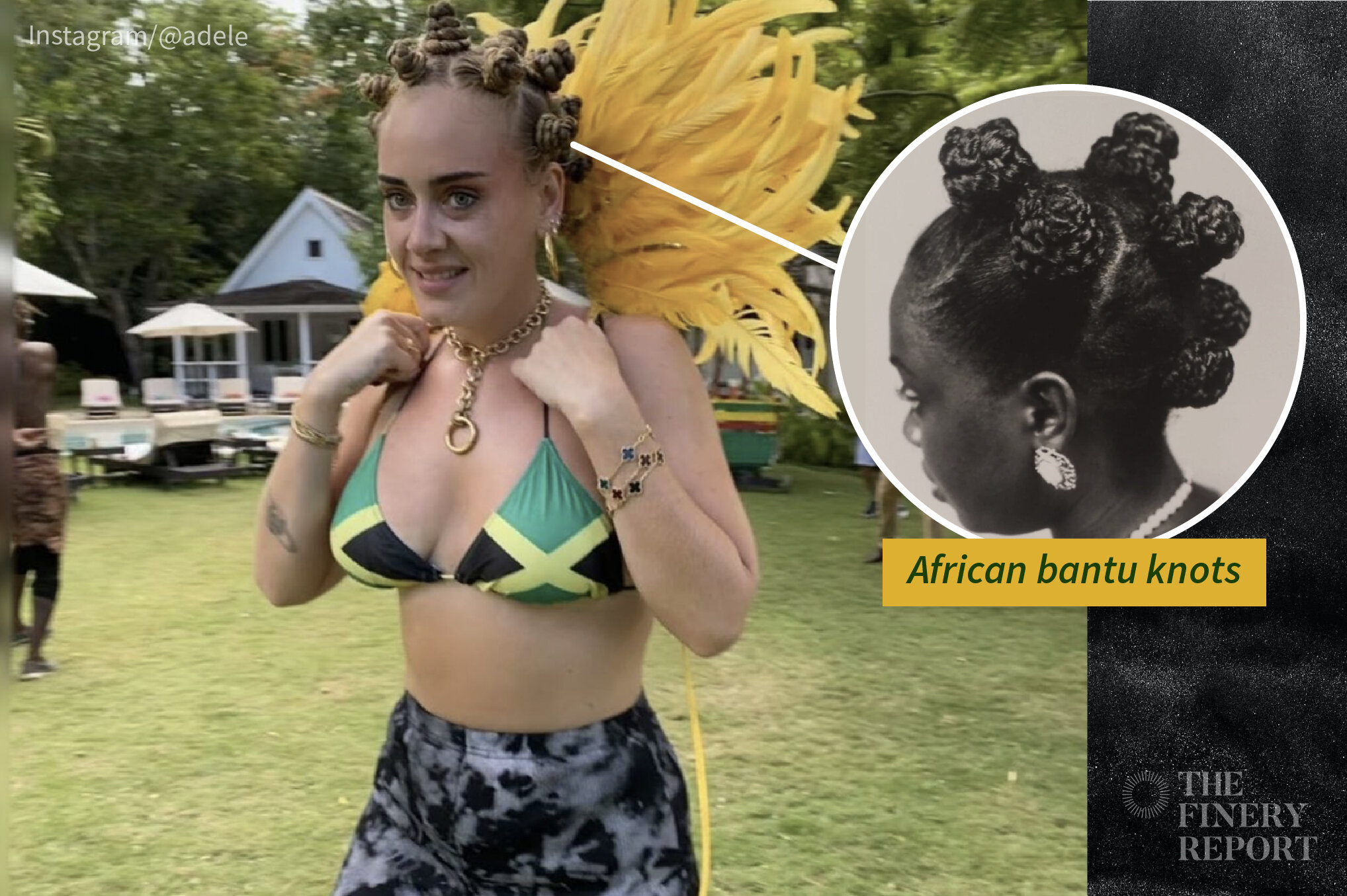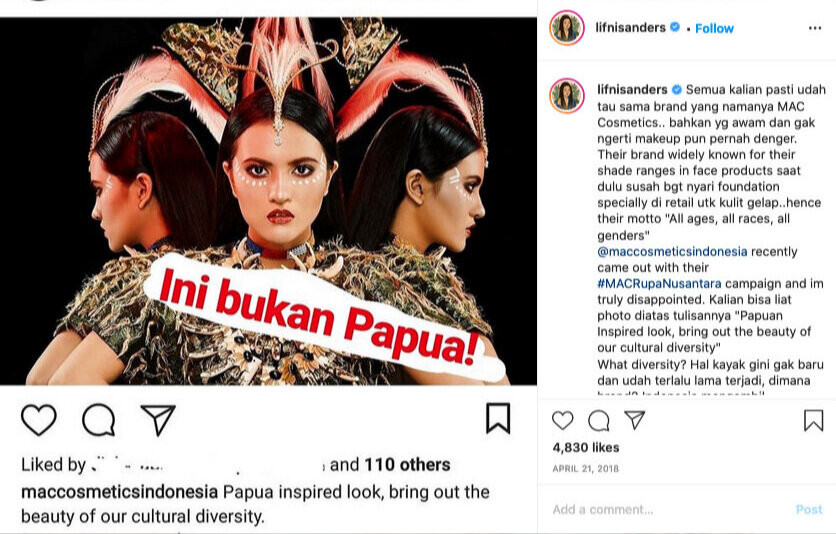What is cultural appropriation?
Read in Indonesian
Recently, Adele was accused of cultural appropriation after the British singer posted a picture of herself on Instagram sporting a hairdo known as the Bantu knot and wearing a Jamaican flag bikini top.
In the caption, she appears to be celebrating the Notting Hill Carnival, an annual Afro-Carribean carnival in London. Some accused her of being tone-deaf, something that is unheard of from the singer who managed to sweep six Grammys in one night. Others, including Zoe Saldana and Naomi Campbell, supported her.
Sometime last year, a similar instance occurred in Indonesia. Agnez Mo was accused of cultural appropriation for wearing Papuan weaves. Half of internet dwellers considered her move to be insensitive to the hardships and discrimination the Papuan people have to endure due to their cultural identity. The other half, however, supported her and considered her publicity as a form of appreciation and homage to Papuan culture.
Appropriation and appreciation, what sets them apart?
Cultural appropriation, according to the Cambridge dictionary, is broadly defined as “the act of taking or using things from a culture that is not your own, especially without showing that you understand or respect this culture.” Things in this context would include but are not limited to garment pieces, hairstyles, customs, materials, ideologies and music styles.
The use of Buddha statues in aesthetic settings is one example. Buddha is not meant for decorative purposes. The act of decapitating a Buddha's head is a violent act even if you see it as a mere statue. Buddha is the holy figure in Buddhism. The depiction of Buddha is for spiritual reverence, guidance and inspiration, not for a so-called ‘artsy’ keychain or table piece.
But why does cultural appropriation happen?
For starters, it may be due to a lack of conversation or contrasting discussions. For example, when Katy Perry wore a geisha-inspired outfit for her performance at the 2013 American Music Awards, many people were quick to call out the appropriation.
“It's these kinds of stereotypical visuals that play into white fetishisation of Asian women—something Perry doesn’t have to deal with when she takes off her costume,” one article wrote. “I think it has cultural appropriation aspects to it.”
“Her dress isn't traditional and kind of sexualised and I wish she could make it more about Japanese culture but it could've been way worse,” said one commenter on the YouTube video of the performance.
Another commenter even suggested that the dress Perry wore resembles more of a Qipao (traditional Chinese dress) rather than a kimono.
However, a lot of people defended Perry. “As a Japanese, I’m really glad to see Katy likes Japanese culture,” said one commenter on the video. “I couldn’t find anything that officially screamed offensive,” an article wrote.
There are clearly mixed feelings between the two sides. It’s also important to remember that those affected by the appropriation of their culture should be the main focus of the conversation. They are the ones who determine how to feel or react and whether it is considered appropriation or not.
Another reason why cultural appropriation occurs is due to the profitability of the exploitation of culture. For example, American fast-fashion e-commerce platform SHEIN marketed and sold Muslim prayer mats as ‘Fringe Trim Greek Fret Carpets’ on their site. The prayer mat is a sacred item in Islam.
MAC Cosmetics used Papuan culture for its MACRupaNusantara campaign. The brand had models using a ‘Papuan culture-inspired look’ for the photo shoots, but failed to include Papuan models.
Cultural appropriation is an umbrella term that oversees the exploitation of cultures. The exploitation of a culture, especially if the victim is a minority group, is unethical. In circumstances where members of a minority group would be penalised for expressing their identity, members of a dominant group are not, and can actually profit from their misrepresentation. This is because of an imbalance in power dynamics and cultural identity.
As an illustration, when white rapper Danielle Bregoli a.k.a. Bhad Bhabie does her hair in box braids, she was able to score a $900,000 makeup endorsement deal with CopyCat Beauty. On the contrary, Faith Fennidy, an 11-year-old Black girl, was sent home on her first day of school for wearing braids.
A dominant culture/racial group can get away with using the exact same cultural norms a minority group would use. But when the minority group does it, they get persecuted.
Yet, some deem cultural appropriation to be necessary in the development of culture at a global scale. In 2018, Goenawan Mohamad, an Indonesian poet and the founder of Tempo, said that culture is never “pure” because stealing and borrowing among cultures have always been a thing. He made this statement at a symposium held by the Institut Français d'Indonésie and the National Gallery, ‘Pasca-Orientalisme dan Masalah Apropriasi Budaya.’
However, the words “stealing” and “borrowing” became the centre of attention in the discussion, raising assumptions that it was actually cultural assimilation that was discussed. In a global perspective, terminology might not be the most important part in addressing the importance of cultural exchange.
Most of the good things about “cultural appropriation” people are talking about are mostly a form of borrowing and lending cultural aspects on a considerably equal standing. For example, the melting pot. In this sense, assimilation would be the proper term since power dynamics are a key point of cultural appropriation. But that’s a discussion for the second part of this series.


